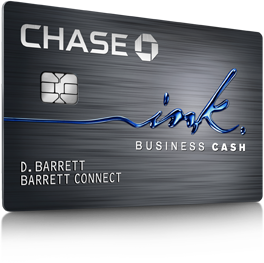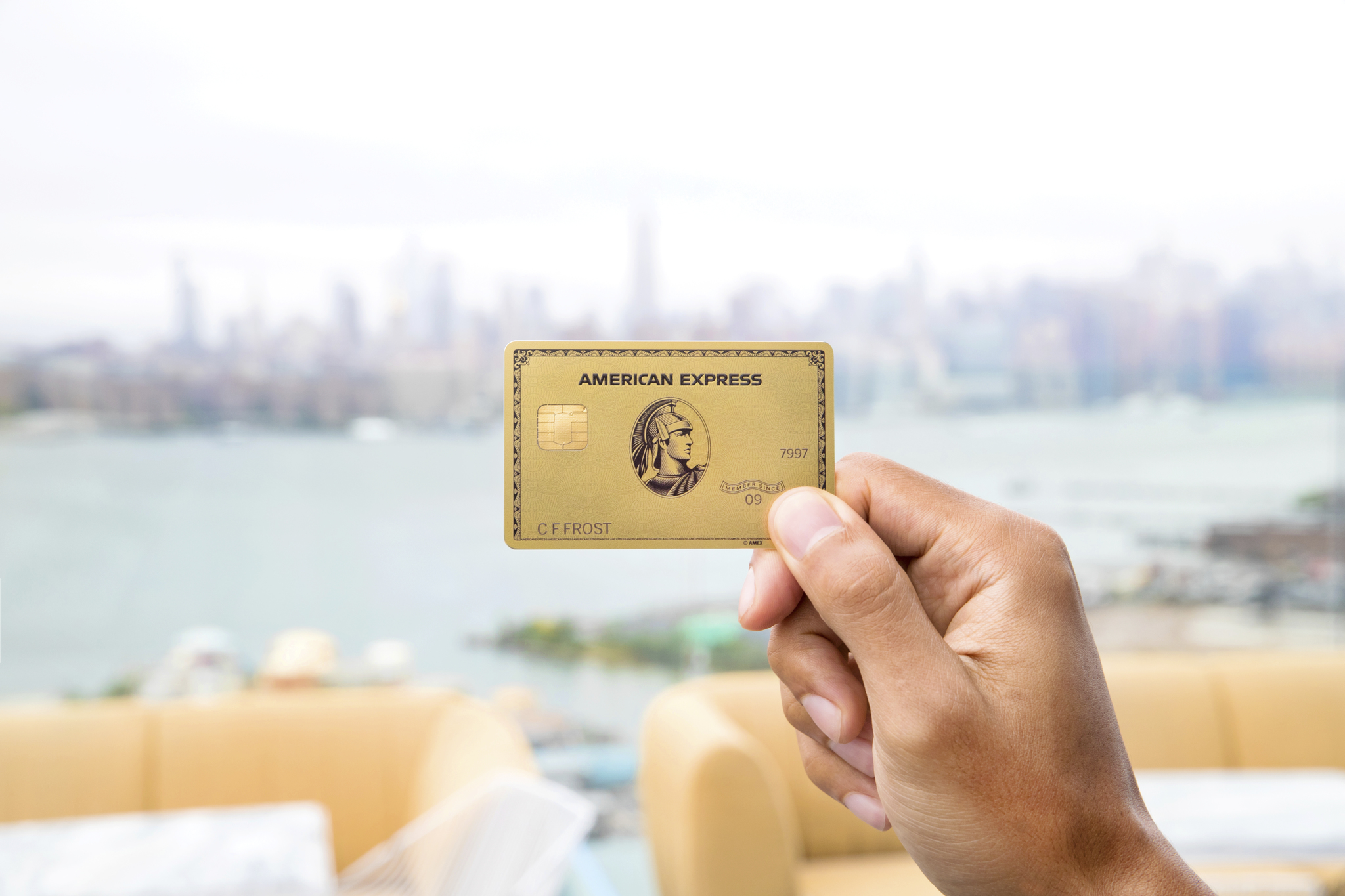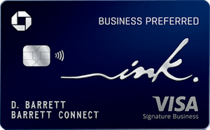
The New Amex Gold Offers Best Value On The Market
The new Amex Gold card came out a few weeks ago and it was the most well received launch since the Chase World of Hyatt card. That is for good reason, the card is pretty awesome! But how does it compare to what many think is the best (currently available) card for racking up value, the Chase Ink Cash?
I did some back of the napkin calculations and it appears that in many cases the American Express Gold card offers better value.
Premise
You are probably thinking that I am blowing smoke right now. I mean the Ink Cash earns 5X Ultimate Rewards (UR) points at many places and the best the Amex Gold card can do is 4X Membership Rewards (MR), strike one! Chase UR points are worth more than Amex MR points too, strike two!
But the key here is the earning categories and the stacking possibilities. I am going to be focusing on maximizing point production via what I like to call value spending. Value spending is where you purchase something at one place to use at another place to earn bonus points. Like 3rd party gift cards. I will also take a look at racking up points via increased spending.
For this exercise I will value Chase UR points at 1.8 cents a piece and MR points at 1.5 cents a piece. I think these are fair valuations, but you can plug in your own personal valuations too.

Value Spending
Let’s say you need to purchase something from Target. You could go to a Target and get 1X earning from each card and buy it direct. This is what most people out there do and it’s lame. The better option is to use either card at a place that triggers a bonus to purchase a Target gift card. You then use the gift card at Target so that you are getting maximum value for the purchase.
Doing this with your Chase Ink Cash card would net you 5 UR points per dollar worth 1.8 cents each. That is a return of 9% on your purchase.
If you use your Amex Gold card you would get 4 MR points per dollar worth 1.5 cents a piece. That is a return of only 6%. But that is not taking the bonus category into account, grocery stores. Pretty much everyone has a grocery store with a fuel points program near them. Even at their regular 2x fuel points earning rate on gift cards that would net you another 3% in value, leaving you with a 9% return. Those calculations are based on 2x earning and a 15 gallon fill up. You can get even more value since many programs allow up to 35 gallons per redemption but I am keeping it reasonable. When the 4X fuel point promos come around the return on your purchase jumps to 12%.
The Amex Gold card will, at worst, net you the same return on value spending but you can often get 3% more value than the Ink Cash. This doesn’t take the frequent 3rd party gift card sales that grocery chains have into consideration either.
Increased Spending
The next area that we would compare the two cards is in the increased spending area. This is where you purchase Visa or Mastercard gift cards at stores that earn bonus points in order to rack up points quickly. You then use the gift cards to pay bills or to liquidate them in other ways.
I will be focusing on the regular rates of the gift cards but there are often sales. These sales happen at office stores and grocery stores often but I would give the edge to office stores. That is something that needs to be considered if this is a big part of your point accumulation but I am going to focus on regular rates for this exercise.
The best option at office stores is the $300 Visa cards that Staples has online. These have a cost of $8.95. Each card purchased would produce 1,545 Ultimate Rewards points. That is a cost of $0.0057 per point, or 32% of the value of a UR point.
Grocery stores offer $500 Visa cards at a cost of $6.95 per card. This is where the categories come into play since the volume is much higher and the cost per dollar is lower. Each card purchased would net you 2,027 Membership Rewards points. That is a cost of $0.0034 per point, or only 23% of the value of a MR point.
This shows that it is easier and more cost effective to increase spend with the Amex Gold card. This is even after taking into account the fact that UR points are more valuable. I should mention that Amex is less forgiving with this type of spending so be cautious. It may not be worth pursuing.


Other Considerations
The other thing to consider is the annual fee of the two cards. The Chase Ink Cash has no annual fee while the Amex Gold card has a $250 one. That $250 is offset some by the airline incidentals and food credit but it is still substantially more.
You have to account for the fact that the Gold card has a better earning structure and is a stand alone card. It doesn’t need another premium card to transfer points like the Ink Cash does so the annual fee is kind of a wash in my book.
Conclusion
As you can see, I believe the American Express Gold card offers the better return in value vs the Ink Cash card. It may offer the best return of any card currently available on the market if you use it right. There is currently a 50,000 point welcome offer via referral (Shawn’s Referral). You can even rack up extra points with American Express’ new referral system.
I plan on picking one up even though I am not eligible for the welcome offer; I carried the card in the past. At least my wife should nab some points by referring me.
Lower Spend - Chase Ink Business Preferred® 100K!


Learn more about this card and its features!
Opinions, reviews, analyses & recommendations are the author’s alone, and have not been reviewed, endorsed or approved by any of these entities.



Doing much gift card buying will get you caught by AmEx RAT. Not yet a problem with Chase.
Chase has shut down some people after doing a review but not nearly as much as Amex has. Something to be cautious with for sure.
Nice summary.
1) Can you Please also compare shutdown risk of the two cards both used in the ways you describe?
2) We know about AX RAT team. Any data points about using Gold @ grocery?
Amex has a higher risk for sure. I haven’t heard much of anything about the Gold card at grocery stores outside of initial bonuses but that could always change. I would say slow and steady wins the race there. Chase has shown to be much more lenient in my opinion.
Thanks. With the AX Gold, is there a year end deadline to spend $25k@groc or else the new cycle will start in 2019? do you think its worth the risk to do $25k@groc in Nov/Dec?
…
Edit – the terms do say Calendar year. I wouldn’t try to shove through that much on the card in 2 months myself. Especially if it is unseasoned.
Interesting discussion. Most of my MS consists of buying and liquidating $300 GCs at Staples online at $8.95 using multiple INK cards. It’s fairly painless, compared to the inevitable frustrations involved in going to the office supply store (lack of inventory, difficulty in buying cards in bulk). Even though I don’t value MR as much as UR points, the AmEX Gold offers a compelling MS proposition due to grocery store bonus. Main drawback, as far as I’m concerned, is possibility of clawing back points from obvious MS. I toyed with the idea of disguising MS spend by breaking it up in single gift card purchases with random amounts less than $500, but that can be rather tiresome. Interesting blog post.
Thanks Stephen. I think you raise valid points that need to be considered. Definitely more risk with going the Gold route.
@Stephen where do you liquidate the $300 cards? Or do you just it when you are spending around town for expenses etc?
Most likely at Walmart or somewhere similar.
@Mark
This is totally out in the left field but what do you think of the new earning structure on the Citi Prestige. I ask because I have Platinum card with AF coming due in January. I was initially planning on downgrading to Gold, but with the 5x on Prestige, I don’t know if it’s worthwhile. (I’m also grandfathered in to the $350 AF on Prestige). I already use the OBC x2 for groceries and BoA Cash Rewards for gas.
At $350 minus the travel credit I think the Prestige is the better option since you already have grocery covered with the 2 OBCs. Plus you will earn 2x more on flights and 1x more on restaurants than the Gold card.
Not really the best researched article. If you’re comparing grocery store MS vs staples MS, you should account for the fact that almost nobody is buying $300 staples GC’s online @ $8.95. Everyone waits for Staples/OD/OM promos where you can get GC’s for near face value.
Aside from that, even comparing $300 @ 8.95 with $500 @ 6.95, the Ink/Staples combo makes more profit for the same about of MS. Obviously depends on your liquidation situation, it can be annoying to liquidate $200s/$300s. The Ink would make a net profit of $94.28 if you buy 5 cards, the Gold would make a net profit of $70.40 if you buy 3 cards ($1500 on both) using your valuations. The Ink still comes out ahead if you give UR and MR the same CPP. Just because you can buy the points cheaper, you lose out on net profit by buying fewer of them.
Bob the sales portion is discussed in the article and I said if that is the main way you accomplish it then that is something to be considered. And that is discounting that there are profitable Grocery store Visa/Mastercard sales as well just as often across multiple brands. They are not as easy to scale up but it is possible.
There are plenty of people who go the $300 route as well since they are less hassle and they may have more than one Ink card.
The second point is a fair one. But isn’t the point of doing all of this about getting travel for as cheaply as possible? The Amex Gold offers travel at a lower out of pocket cost (lower cost per point). Especially when considering programs that are transferable from both currencies like Avios and Virgin Atlantic miles etc. (which doesn’t take into account transfer bonuses that Amex offers that Chase doesn’t etc.).
I think you misunderstood the last point. You make more net profit on the Ink – you pay a bit more out of pocket in fees, but you earn more. If you don’t need points, don’t buy them.
Assuming both MR and UR valued at 1.8cpp:
Buy 5 $300 GC’s on an Ink = 7725 UR for $44.75
Buy 3 $500 GC’s on a Gold = 6084 MR for $20.85
UR points are worth $139.05, less $44.75 is $94.30
MR points are worth $109.51, less $20.85 is $88.66
Bob and my point is the cost to accrue them is less with the Amex gold. A cost of .58 cents a piece with the Ink card vs a cost of .34 cents per with the Gold card.
If you are transferring them to Avios or Virgin Atlantic etc. (which both programs offer) would you rather pay .58 cents a piece or .34 cents a piece for your points?
A lot of it depends on which kind of point you need but you are able to ramp up your points at a lower cost with the Gold card. It is also a lower overall percentage of the value of the point as well (taking into account the higher value of the UR point).
This article was about which one offers the best value and I think the Gold card does that by earning you the points at a lower cost and a lower overall percentage of your value.
We are just looking at the same thing in 2 different ways is all.
I would rather buy more points at 0.58 in one shot than fewer points at 0.34. You aren’t ramping up your points at a lower cost on the Gold, you’re spending less out of pocket, but you’re earning fewer points and making less profit. Would you rather make $94.30 or $88.66 for $1500 in gift card spend? You’re looking at the wrong metrics.
Unless you’re constrained on how many individual GC’s you can liquidate, the Ink earns slightly more than the Gold. For the same dollar amount of gift cards purchased, the Ink wins.
Pick any dollar value of gift card spend, and run the numbers.
Would you rather pay $20.85 for $109.51 of points, or pay $44.75 for $139.05 of points? Those are the yields for the same amount ($1500) of giftcard puchases. That assumes equal point value, ignores the Gold AF, and ignores the fact that Staples/OD/OM promos are nationwide, frequent, and easily liquidated.
It’s far from clear that the Gold offers more value than the Ink.
Let’s say that you needed 100,000 miles for a desired flight. Both cards can get you there but which one is gonna get you there with less out of pocket cost? It will be the Gold card and that is my point.
Both have caps on them so they are not limitless. At the end of the day you would have 125,000 UR points or 100,000 MR points after spending $25,000. So you end up with 25,000 more points at over DOUBLE the out of pocket cost…that doesn’t seem like value to me.
That extra 25,000 points will cost you $377.45 more out of pocket. Would you pay $377.45 to buy 25,000 points? I know I wouldn’t….
Then you don’t actually value those points at 1.8cpp. Which is fine, but at least be consistent. 25k @ 1.8cpp is $450. If I need those 100,000 for a desired flight, and I value the points at 1.8cpp, no doubt I would buy $450 of flight for $377.
You also have to liquidate an extra 5k worth of gift cards.
Meanwhile, fee free $200 gift cards at Staples 11/11-11/17.
Bob my point is no one out there would gladly pay over 1 cent per point when they can easily earn them for less than that.
Why are you comparing a business card to a personal card? Makes no sense
Because the Ink Cash is thought to be the best card out there (currently available) for racking up points and value – the explanation is in the third sentence of the article.